Deck & Commander Strategies
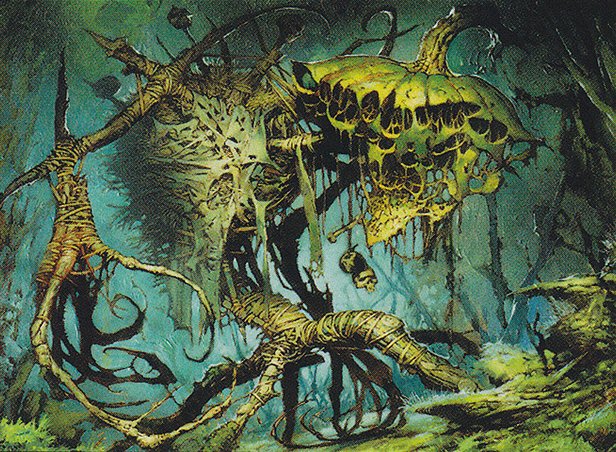
Reaper King
This deck likely focuses on creating and sacrificing scarecrows, taking advantage of Reaper King's destructive ability which triggers when another scarecrow enters the battlefield.
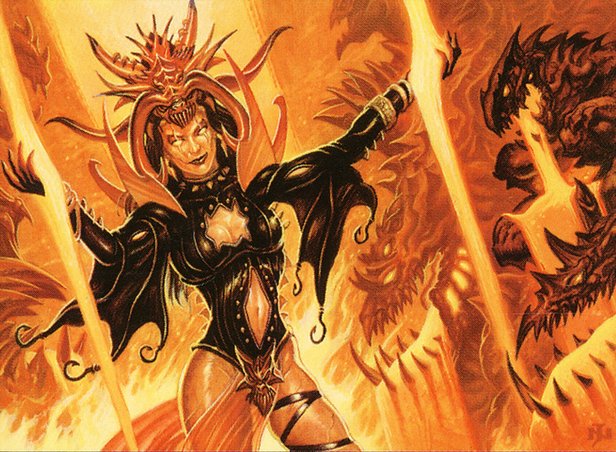
Lyzolda, the Blood Witch
Lyzolda's deck is likely built around sacrificing creatures for value, potentially using a variety of small creatures or tokens to fuel Lyzolda's abilities.
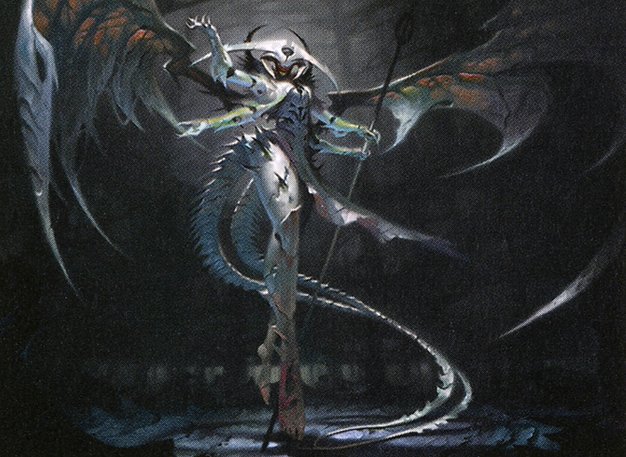
Atraxa, Praetors' Voice
Atraxa's deck is likely centered around proliferating counters of various types, taking advantage of Atraxa's ability to proliferate at the end of each turn.

Ishkanah, Grafwidow
Ishkanah's deck likely involves creating spider tokens and filling the graveyard to activate delirium, allowing for a potentially devastating activated ability dealing damage equal to the number of spiders controlled.
Gameplay Insights
- 1
The use of a horde of human opponents added an extra layer of complexity to the game, forcing players to balance their attacks between the horde and their fellow players.
- 2
The use of mill strategies in the Atraxa deck could have significant impacts on the game, depending on the size and composition of the horde deck.
- 3
The potential for significant spider token generation in the Ishkanah deck could create a formidable defense, as well as fuel for Ishkanah's damaging ability.
Notable Cards
-
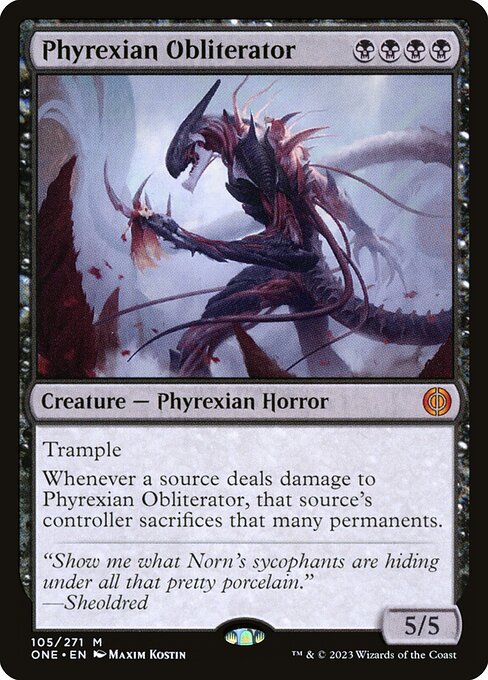
Phyrexian Obliterator
-
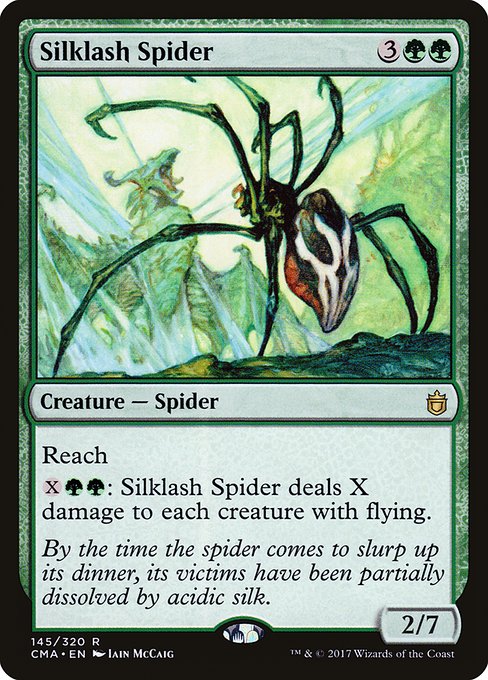
Silklash Spider
-
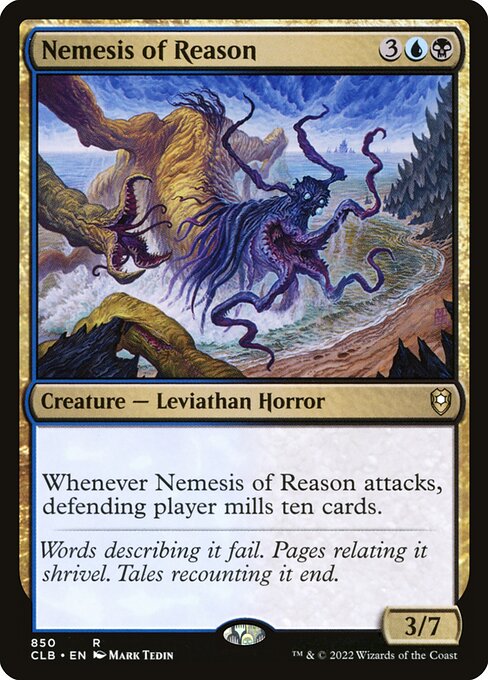
Nemesis of Reason
-
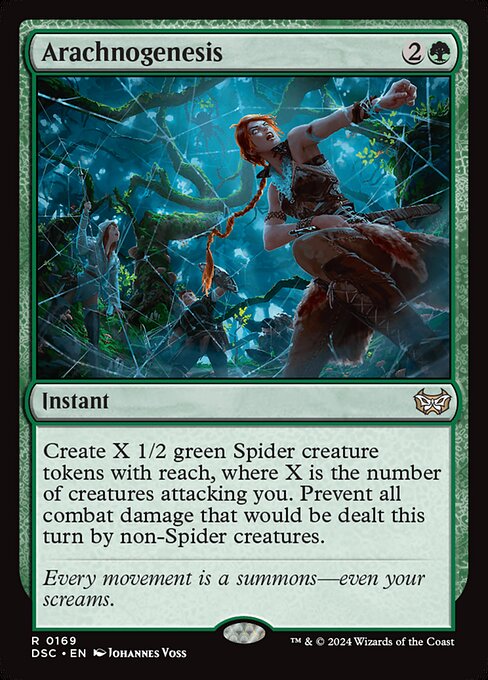
Arachnogenesis
-
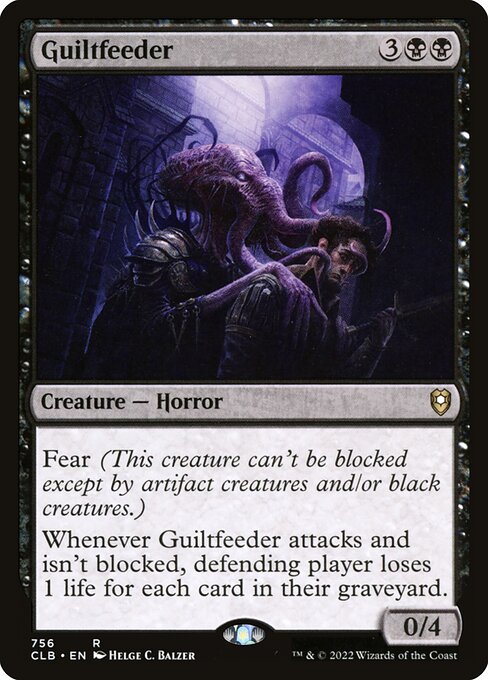
Guiltfeeder
Gameplay Summary
In this exciting gameplay, four players brought monstrous commanders to the battlefield, with Reaper King, Lyzolda, Atraxa, and Ishkanah each leading a unique strategy.
The game began with each player setting up their defenses and building their boards.
Players had to contend not only with each other but also with a horde of human opponents, creating a unique dynamic where players had to weigh the benefits of attacking their human opponents versus each other.
The game was marked by strategic plays, careful management of resources, and intense battles, showcasing the different strengths and strategies of each deck.





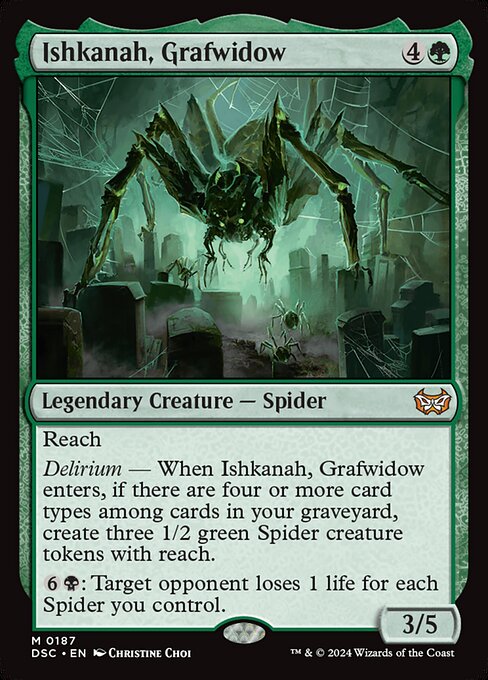

![Commander Vs S2E8: Savra vs Mayael vs Reaper King vs Trostani [MtG: Multiplayer] thumbnail](https://i.ytimg.com/vi/PmxKvs6zQYE/sddefault.jpg)


![Commander VS Special: Kresh vs Xantcha vs Rhys vs Atraxa [EDH] thumbnail](https://i.ytimg.com/vi/3F2CvGLBGvw/sddefault.jpg)


![Commander VS S6E7: Thada Adel vs Xenagos vs Seton vs Atraxa [MTG] thumbnail](https://i.ytimg.com/vi/YH_1i08V2a8/sddefault.jpg)

![Commander VS S16E4: Endrek Sahr VS Zegana VS Ishkanah VS Marton [EDH] thumbnail](https://i.ytimg.com/vi/Ju3QFWvBHfk/sddefault.jpg)









![Commander VS S4E3: Emrakul vs Gisa and Geralf vs Ishkanah vs Ulrich [MtG: Multiplayer] thumbnail](https://i.ytimg.com/vi/ThoExHZN_qw/sddefault.jpg)














![Herumkommandiert #05 | Halloween Commander EDH Gameplay [Deutsch] thumbnail](https://i.ytimg.com/vi/TYi-yLuHxeU/sddefault.jpg)
